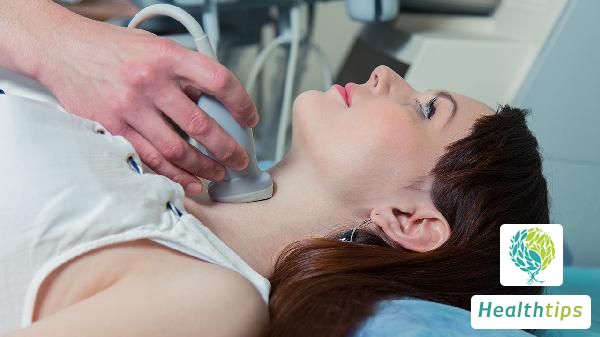How many days after the last menstrual period can an ultrasound detect a pregnancy sac?
Generally, 40 to 50 days after the last menstrual period, a gestational sac can be observed through a B-ultrasound examination. However, the timing of conception varies among pregnant women, leading to slight differences in when the gestational sac becomes visible. After conception, the fertilized egg implants in the uterine cavity and develops into an embryo, which continues to grow and gradually develops into a fetus. Pregnancy is calculated from the first day of the last menstrual period, and as the time since then increases, so does the size of the embryo. Approximately 40 to 50 days after the last menstrual period, the gestational sac gradually develops and takes shape in the uterine cavity, allowing its sonographic image to be captured during a B-ultrasound examination. If a woman conceives earlier, the gestational sac develops relatively larger, and thus can be detected slightly earlier on B-ultrasound. Conversely, later conception results in a smaller gestational sac, delaying its visibility on B-ultrasound, necessitating a follow-up examination approximately 7 days later to confirm pregnancy.
B-ultrasound examination of the gestational sac not only confirms pregnancy but also rules out ectopic pregnancy. During pregnancy preparation or after pregnancy confirmation, it is recommended to follow doctor's instructions regarding folic acid intake, engage in moderate exercise, maintain a positive mood, ensure a balanced diet with adequate nutrition, and avoid consuming cold or raw foods.



















